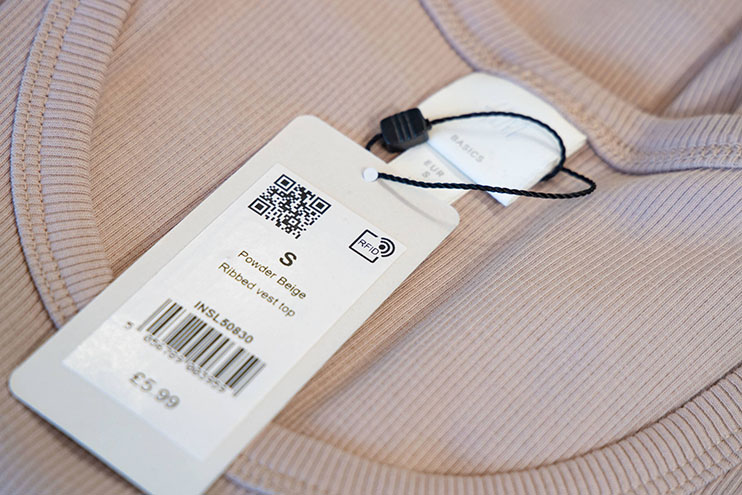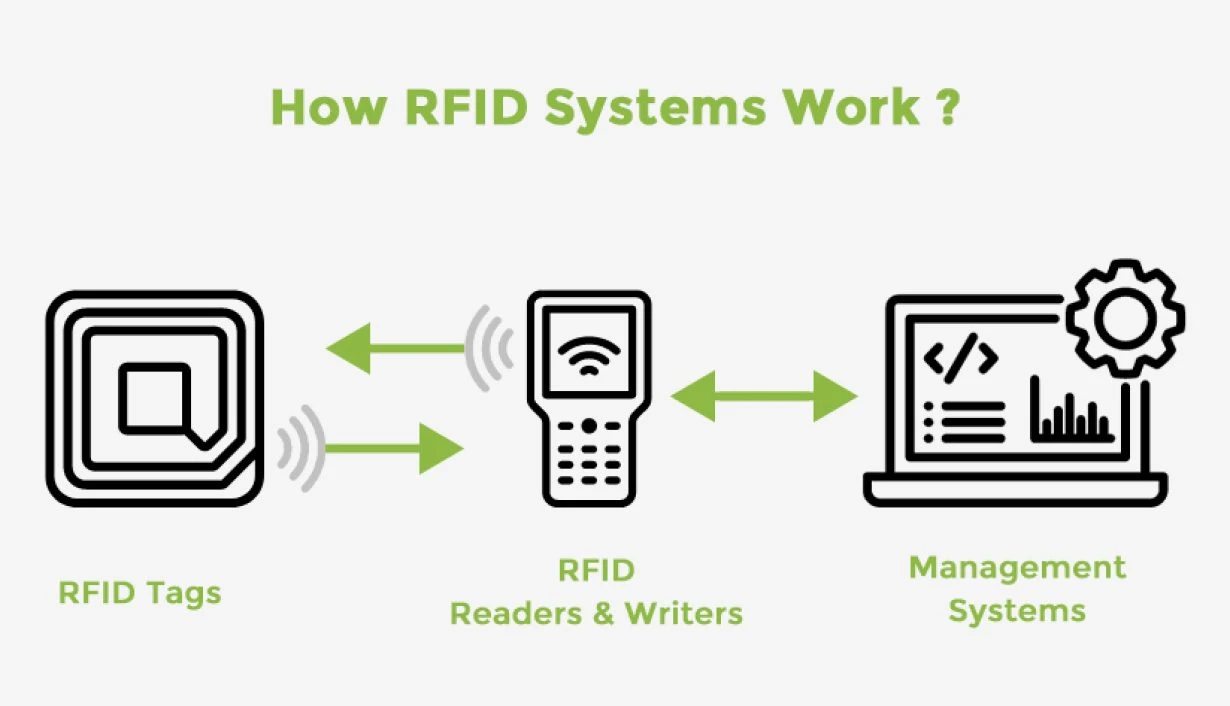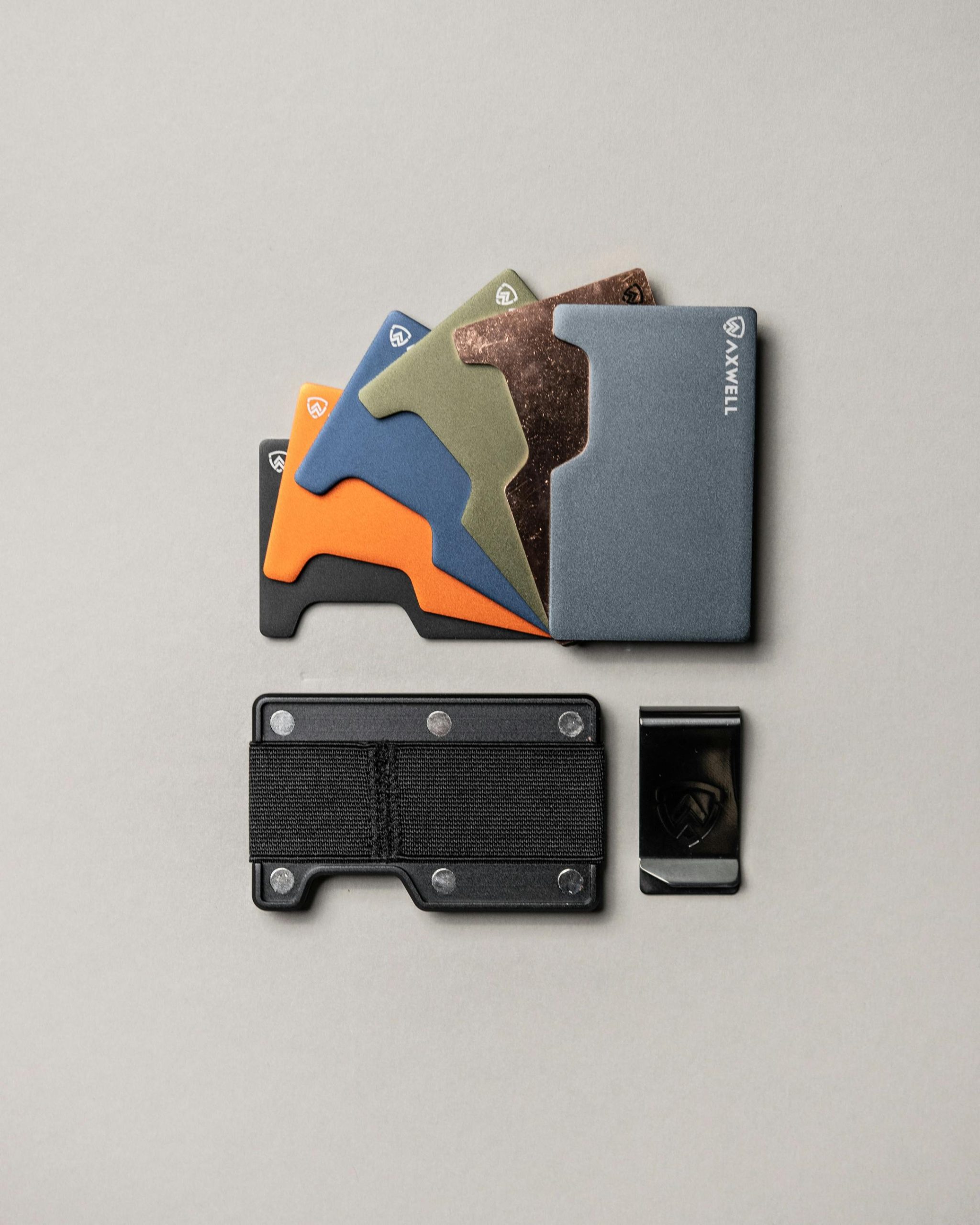

RFID. radio frequency identification) is a radio-based Automated Identification and Data Capture (AIDC) system that allows unique information to be read without physical contact (no optical line of sight) by means of tags worn or attached to objects. RFID technology began as a military solution to identify objects at a distance. Later, it moved into the commercial world with applications for tracking goods and storing data. As the technology has developed, RFID has become an important tool in logistics, trade and transport. Today, it is an integral part of the Internet of Things (IoT), used in medical, industrial and everyday consumer systems due to its reliability and accessibility.

All our RFID labels can be customised to suit your needs. A wide range of antenna, chip, sensor, label material, adhesive and print options are available, ensuring an optimal RFID labelling solution for any surface or application scenario. We offer complete RFID solutions for your business:
Nes mes ne tik tiekiame įrangą ar siūlome sprendimus – mes kuriame vertę, kurią jaučia Jūsų verslas kiekviename žingsnyje.
UAB „Vygėja“ – tai patikimas partneris, kuriam rūpi ne tik rezultatas, bet ir Jūsų kelias link jo.
RFID tagging allows you to quickly and efficiently read many tags at once without requiring line-of-sight.
RFID systems consist of:

The benefits of RFID technology are particularly evident in the following areas:
RFID tags allow companies to automate the control and accounting of goods from less than 1 metre away.
RFID tags enable real-time monitoring and management of large-scale operations:
In the medical sector, RFID labels are used:
Some advanced systems use active RFID tags that can monitor environmental conditions such as temperature.

RFID tagging has the flexibility and applicability to a wide range of applications due to its technical characteristics. It is based on the transmission of radio waves between the tag and the reader, and the effectiveness of the system is determined by both the frequency range used and the type of RFID tag. RFID systems operate in three main frequency bands, each with its own specific advantages and limitations:
Low Frequency (LF: ~125 kHz)
Operating distance up to ~10 cm, provides reliable reading through water and dirt, less sensitive to metals. Commonly used in access control and livestock tagging.
High Frequency (HF: 13.56 MHz)
Reading distance up to ~1 m, average data rate. Uses an inductive coupling, works reliably with liquids and most materials. Popular in electronic passports, payment cards, libraries, public transport tickets.
Ultra High Frequency (UHF: 860-960 MHz)
Reading distance up to 10-12 m, fast data transmission, supports multiple tags simultaneously. Ideal for logistics, wholesale, warehousing and supply chain management.
Microwave frequency (2.45 GHz and above)
Used for semi-active tags, reading range ~6-10 m. Useful for high security or fast passage scenarios (e.g. car identification).

Passive RFID labels – Passive RFID tags do not have an internal power source – they get the energy they need from the electromagnetic field emitted by the reader. This RFID tag is low cost, durable and extremely compact, making it widely used in product labelling, libraries, access control systems and consumer RFID solutions.
Active RFID labels – Active RFID tags have an internal battery that allows them to generate their own signals and be read from longer distances – up to several hundred metres. This makes them ideal for transport, logistics and high-value asset tracking. However, they are more expensive, larger and have a limited lifetime (due to the battery).
Semi-active RFID labels (BAP – battery assisted passive) have a small internal battery that is used only for signal amplification. Communication is still via the power of the reader. This is a compromise between range and cost – these tags are suitable when you need more reliable communication but don’t need all the features of an active tag.

RFID tagging is based on international standards that ensure compatibility between devices and systems. HF RFID complies with ISO 14443 or ISO 15693 standards, while UHF frequencies mainly use the EPCglobal Gen2 (ISO 18000-6C) specifications. The latter is widely used globally in logistics and supply chain solutions.
It should be noted that frequency use is regulated on a regional basis – for example, UHF RFID frequencies range between 865-868 MHz in Europe and 902-928 MHz in North America. International systems therefore require appropriate technical harmonisation.
UAB Vygėja offers advanced RFID solutions that significantly increase business efficiency and accuracy. Integrated RFID solutions enable companies to optimally exploit the potential of this technology, automate operations and reduce the likelihood of errors. By choosing our RFID technology you will not only get reliable and innovative solutions, but also a competitive advantage in the market.